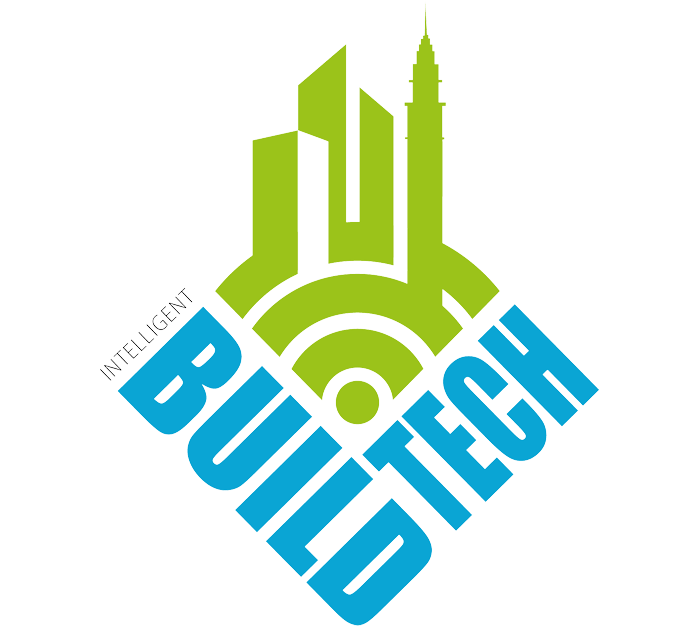Traditional Enterprise Resource Planning (ERP) software has its limits. Peter Budweiser, General Manager, Supply Chain at Celonis, explores emerging technological solutions to drive rapid progress, improve resilience and operate more efficiently.

The past few years have highlighted the scale of the challenges companies can face around inventory management and supply chains in the 21st century. As companies have dealt with difficulties caused by everything from the blockage of the Suez Canal and the war in Ukraine to constantly shifting COVID-influenced consumer demands, the pendulum has swung rapidly between shortages and surpluses. As we start to see the green shoots of economic recovery, businesses are looking to make their supply chains more agile and robust, in order to better anticipate problems and avoid being beholden to such wild swings in future. To do so effectively requires business leaders to look beyond the limits of traditional Enterprise Resource Planning (ERP) software and explore emerging technological solutions to drive rapid progress, improve resilience and operate more efficiently.
Two technologies will be fundamental to this. Artificial intelligence (AI) will enable fast decision-making at a much larger scale than was previously possible, and process intelligence will provide stakeholders with the insights to make these decisions more accurate. Process intelligence also offers an ‘end-to-end’ view of business processes by analysing the event logs generated in systems from logistics to finance, breaking down barriers between siloed data and IT systems which don’t work well with each other. This allows business leaders and AI agents an unprecedented ‘X-ray’ view of how their end-to-end processes really work, which is the perfect jumping-off point for building a more resilient supply chain.
Why ERP systems have limits
Traditional ERP systems are typically linear and are therefore not built to capture the complexity of a supply chain, which combines a mind-boggling number of processes across order management, production, logistics, procurement, warehouse management and fulfilment. Most of these processes also have finance processes attached to them in some way, and returns and reverse logistics add even more complexity. Traditional ERP systems can capture much of this data, however it is process intelligence that will provide the valuable insights.
What business leaders need is an understanding of not just how one process works, but how these processes are connected to each other. It’s hard to get these insights, because the ERP systems that store transactional data are not made for storing this data in a common language that both humans and other IT systems, such as systems for controlling quotes and contracts with customers, can understand. This means they are difficult to manage, requiring specialist training. Object-centric process intelligence (OPCM) lets business leaders consolidate data from different systems into the same data model, and ‘see’ how a sales order will also involve processes in order management, supply chain and production. This allows business leaders to create a ‘digital twin’ of multiple business processes at once, empowering them with the insights needed to make supply chain and inventory management more resilient.
Taming inventory management with AI
The first step in building the ability to adapt to disruptions and demand fluctuations is to be able to identify problems quickly, to maximise the time to respond: process intelligence delivers this. German manufacturer Freudenberg uses process intelligence to gain an instant overview of shortages, and what they will mean for customers, so they prioritise which challenge to deal with first. Artificial intelligence is the other key ingredient, helping to enable a rapid response, with Gartner suggesting that 50% of supply chain organisations will be investing in AI in the current year.
Generative AI specifically can provide reasoning and human-like decision making even for more complex supply chain decisions. By layering this with process intelligence, businesses can provide GenAI with the right insights to enhance its reasoning, which will significantly improve the accuracy of the decisions taken. This will allow companies to make more qualified decisions at scale. This will benefit areas that decision makers do not have the capacity to focus on, whilst simultaneously freeing up time spent on more repetitive tasks. With this support, humans can focus on reasoning and decision-making for areas with higher ambiguity and less data-driven insights.
In the future, the combination of process intelligence and multiple AI technologies and methodologies, also called composite AI, will mean that business leaders can rely on AI to analyse a process, find issues, pinpoint the root cause and suggest a solution, then (after approval from someone with appropriate oversight) implement a fix rapidly and autonomously. In the future, data will be shared between vendors, manufacturers and customers, to make AI tools even smarter and more effective, with multiple organisations pooling resources to boost the amount of relevant, relational process data on offer. Natural Language Processing will also make it easier for humans to work alongside AI, with Large Language Models (LLMs) allowing non-expert employees to talk to AI systems directly, rather than having to learn complex software, meaning that employees can have up-to-date information on everything from shipping progress to invoicing at their fingertips.
Beating the challenge
The challenges of the past few years have illuminated some of the weaknesses of the global supply chain, however resolving these issues will move the industry into the future. Business leaders need to ensure their supply chains are more agile and more resilient, in order to prepare for future problems. To do this effectively requires business leaders to move past the limitations of today’s ERP systems, truly understand their supply chains using process intelligence, and add AI to root out delays, bottlenecks and inefficiencies. Combined, process intelligence and AI will be the foundation of a new way to ship, sell and buy goods.




